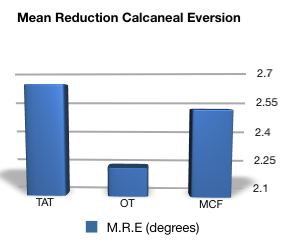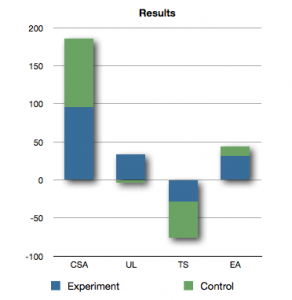Physiotherapists working in the field of musculoskeletal rehabilitation, which definitely includes sports physiotherapists (and physical therapists), will regularly utilise exercises to both strengthen and improve the neuromuscular coordination of the “core” musculature. This is seen as an important part of both injury rehabilitation and prevention. This article will discuss new EMG research into core muscle activation during a number of swiss ball exercises, and the clinical implications for therapists.

Kids pumping iron? Is this safe? Would you want your children or young clients undertaking resistance training as part of their performance enhancing or injury prevention programs? This is a questions that many sports physiotherapists will face when they work with their young athletes. This post discusses the incidence of injury and safety of resistance training in adolescents.
I will start by saying this has nothing to do with the Governator’s recent indiscretions (luckily). Have you ever seen the movie Pumping Iron? It is a docudrama which covers the lead up to the 1975 Mr Olympia contest, which Arnold Schwarzenegger wins for the sixth consecutive time. Now whilst there are not many applications to the world of sports physiotherapy, unless of course you work closely with bodybuilders, there are a few gems in the film which are relevant…
The sports physiotherapists reading this would be aware of the challenge of accurate diagnosis of hip pathology. The hip/groin area is an area with incredibly complex anatomy and biomechanics (Feeley et al., 2008). To quote a former anatomy lecturer of mine; “It is real tiger country!”. This means to improve clinical reasoning and diagnosis clinicians (and/or diagnosticians) must be acutely aware of the diagnostic accuracy of the clinical tests in their arsenal.

To explain the importance of knowledge about these conditions I will frequently tell you how common these ligament injuries are. Well, it has been suggested that up to 37% of all patients with knee haemarthroses have an associated PCL injury. Furthermore, the incidence of injury is particularly high in sports that involve heavy contact. That means that sports physiotherapists that are involved in the management of athletes from contact sports need to be aware of the evidence based assessment and management of these ligament injuries.

On a daily basis sports physiotherapists assess and diagnose in an attempt to establish contributors to injury. When assessing lower limb injuries one of the most common offenders seems to be excessive dynamic pronation. As you know this movement is required during stance phase to allow for normal patterning. Pronation is not always evil! However, where we get into trouble is when there is excessive pronation. This article will discuss the effectiveness of various external controls in preventing excessive pronation…

The use of ultrasound therapy is widespread in sports physiotherapy and physical therapy practice. In most cases it is used as an adjunctive therapy to other forms of treatment and rehabilitation. This, unfortunately, is in the absence of well-designed clinical trials demonstrating any significant improvement in human function. This article will discuss recent research on low intensity pulsed ultrasound for the management of soft-tissue injuries….
The majority of the sports physiotherapists reading this will know the incredible frequency with which we treat athletes with patellofemoral pain syndrome. There is a good reason for this, it is the most commonly reported injury sustained by runners (Taunton et al., 2002). Whilst the mainstays of treatment have previously focussed solely on the patellofemoral joint, we are seeing more research identifying the importance of the assessing the other components of the kinetic chain.This article will discuss new research on the impact of real time gait retraining for patellofemoral pain syndrome…



